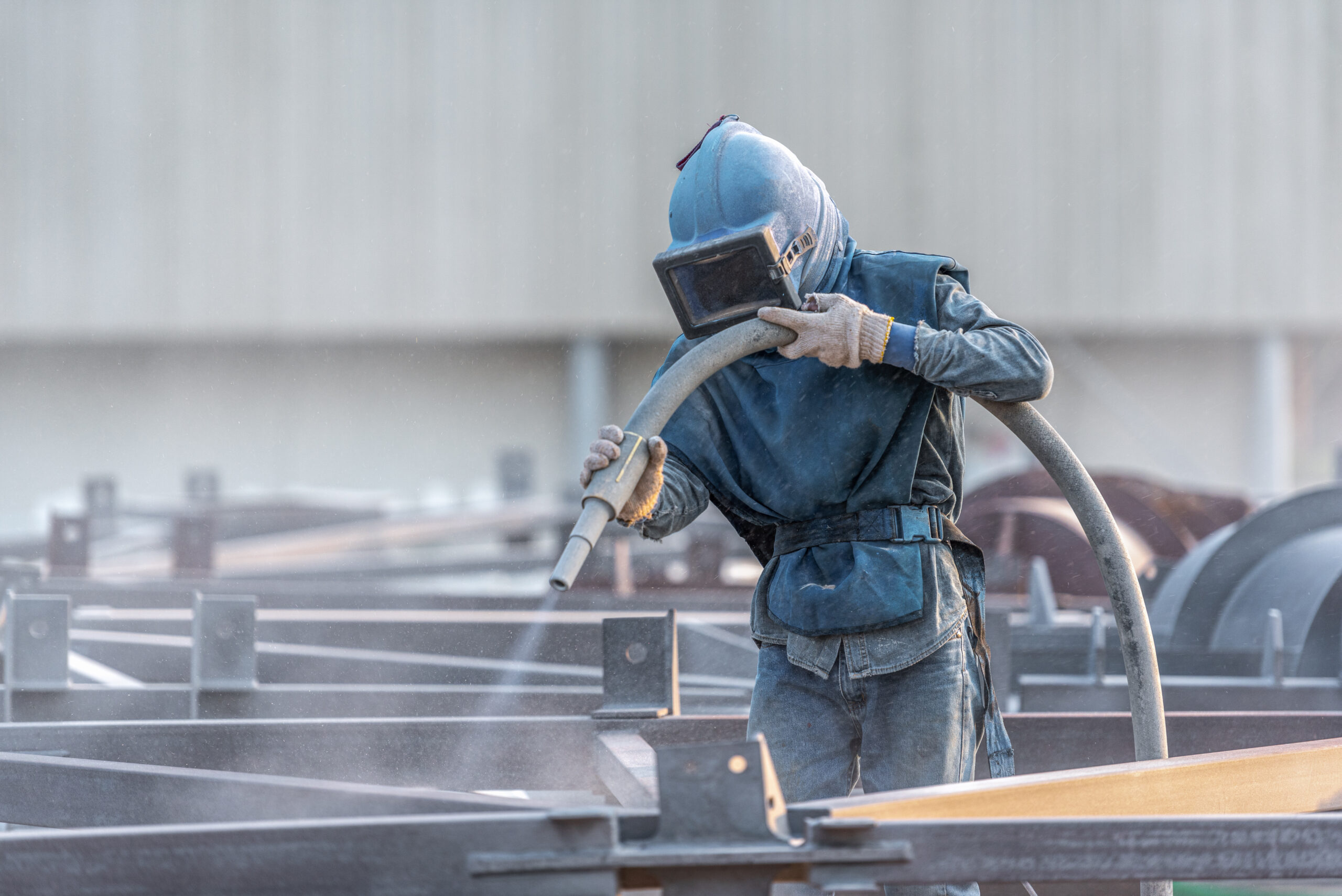In industrial cleaning and surface preparation, media blasting is often a go-to method due to its ability to quickly strip away contaminants. However, its aggressive nature can be a drawback, posing a risk of damaging surface materials.
That’s where laser ablation steps in, offering an alternative. Let’s explore the differences between these surface preparation solutions.
What is Laser Ablation?
Laser ablation, also known as laser cleaning, distributes thousands of focused laser pulses per second to remove contaminants, coatings, or residues from a surface. This non-contact method uses a laser to sublimate or remove unwanted material without damaging the underlying substrate.
What is Media Blasting?
Traditionally, replacing a fiber optic cable involved complex alignments and lengthy downtime. With Quick Swap Fiber, what once took hours now takes just 15 to 20 minutes, and it doesn’t require an engineer.
This technology simplifies what was once a cumbersome process. Your team can now remove the old fiber, connect the new one using precise alignment points, and secure it with the provided torque tools to ensure everything is correctly positioned and functioning. The process is efficient and designed to minimize the risk of errors, empowering your team to manage maintenance with confidence.
Laser Ablation Benefits vs. Media Blasting
Surface Quality: A huge difference between laser ablation and media blasting lies in the quality of the surface finish. Laser ablation effectively removes all unwanted material from surfaces, enhancing surface energy and bondability. This detailed removal process ensures that the surface is left clean and ready for subsequent treatments.
Media blasting often leaves residual material that can compromise the bondability of the surface, making laser ablation the more reliable choice for applications that demand high accuracy.
Material Impact: Laser ablation has a distinct advantage when it comes to preserving the integrity of the material being cleaned. This is because it’s a less invasive process, ideal for softer materials that might suffer damage under the more aggressive approach of media blasting.
Media blasting can be rough, like a big hammer to the surface, trying to remove everything forcefully. Meanwhile, laser cleaning is like using a scalpel, carefully and very detailedly removing any unwanted material.
PPE & Environmental Impact: Media blasting requires operators to put on full protective suits and respirators due to the dust and debris generated. This not only increases preparation time but also operational costs.
Laser ablation typically requires only eye protection, significantly reducing the personal protective equipment (PPE) burden on operators and making the process more streamlined and cost-effective. It also eliminates the environmental concerns associated with airborne dust and abrasive media cleanup, making it a more eco-friendly option for industries looking to minimize their environmental impact.
Cleaning Speed and Time Efficiency: While media blasting may be faster in terms of surface removal for large areas, laser ablation outdoes it in terms of overall time efficiency. Laser cleaning is often faster when considering the entire process, including setup, cleaning, and teardown. Media blasting requires additional time for setting up protective equipment, cleaning up the abrasive media, and dealing with the dust and debris generated, which can prolong project timelines.
Recent advancements in laser technology, such as higher-wattage lasers, have also significantly improved cleaning speed. With lasers capable of operating at 2,000 watts, laser ablation can often clean surfaces faster or at comparable speeds to media blasting, while also eliminating the need for extensive post-cleanup.
Material-Specific Insights: Laser ablation and media blasting perform differently depending on the type of substrate. Laser cleaning works exceptionally well on metal surfaces such as steel or aluminum, where it can effectively clean without penetrating or damaging the material.
However, some coatings, such as thermal-resistant or very thick coatings, may pose challenges for laser ablation due to wavelength and energy limitations. In these cases, media blasting may be more efficient but at the expense of potentially damaging softer or thinner materials.
Long-Term Cost Efficiency: While the initial investment for laser ablation equipment is higher than for media blasting systems, the long-term costs are significantly lower. Media blasting equipment wears down over time due to the abrasives used, and companies must continually purchase new media. Plus, the cost of cleaning up after each session adds to the operational expenses.
Laser ablation, on the other hand, does not consume any media, and maintenance costs are minimal, usually involving only coolant replenishment and the occasional replacement of internal components. Over time, laser ablation systems offer substantial cost savings due to their durability and minimal upkeep, making them a sound investment for companies looking for long-term solutions.
Laser Ablation Across Industries
Adapt Laser’s laser ablation technology serves several industries due to its accuracy, speed, and reduced environmental impact. These industries include:
- Defense
- Aerospace
- Power Generation
- Infrastructure
- Manufacturing
- Automotive
The Adapt Laser Difference
At Adapt Laser, we specialize in the know-how and application of laser cleaning solutions. We offer products with a range between 20 and 2,000 watts and provide training to ensure your employees can get the most from their laser cleaning solutions. We’ve equipped a variety of industries and companies with laser cleaning solutions — including military and defense for the US Air Force and Navy — and hundreds of organizations trust our state-of-the-art surface preparation solutions.
Interested in learning more about laser ablation? Contact us at Adapt Laser to find the right solution for your surface preparation needs.

